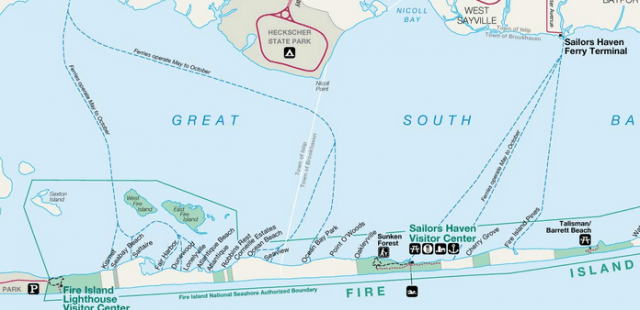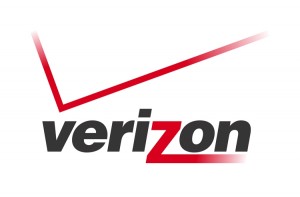 Verizon Communications is cutting investment in its landline and fiber optic networks, spending the money on improving the company’s more profitable wireless business, which now accounts for 67 percent of Verizon’s total revenue.
Verizon Communications is cutting investment in its landline and fiber optic networks, spending the money on improving the company’s more profitable wireless business, which now accounts for 67 percent of Verizon’s total revenue.
Verizon reported second-quarter results this morning, meeting most Wall Street analysts’ expectations. The company reported a minor increase in capital spending to bolster its wireless LTE 4G network which is seeing strong growth in data traffic.
Verizon Wireless added one million new wireless customers in the last quarter, many transferring from Sprint’s now-discontinued Nextel network shut down last month. Among the new customer additions, 941,000 signed two-year postpaid contracts.
A growing number of Verizon Wireless customers are also migrating to the company’s Share Everything plan. At least 36 percent of Verizon’s wireless customers are now on shared, usage-limited data plans. Verizon expects more customers to switch, especially when legacy plan customers discover they will not receive a subsidized phone upgrade unless they abandon the grandfathered, all-you-can-eat data plan. Verizon believes the Share Everything plan will keep the company in a strong place to accelerate earnings as customers find they must regularly upgrade to higher capacity data allowances to handle increasing data usage.

Verizon’s wired success story
The growing adoption of more expensive data plans means higher bills for Verizon Wireless’ 35 million contract customers. The average Verizon Wireless customer now pays $152.50 per month, an increase of 6.4 percent. In total, over 100 million Americans now use Verizon’s prepaid and postpaid wireless services.
In June, Verizon Wireless reported its nationwide upgrade to LTE 4G service was now essentially complete, with 99 percent of 3G service areas also covered by 4G. Verizon reports 59% of its total data traffic is carried on the 4G LTE network, which is five times more efficient than the 3G network.
Wireline: Success When Verizon Invests in Upgrades, Ongoing Customer Defections Where Verizon’s Copper Network Continues to Deteriorate
Verizon’s success story in wireless is not repeated on its wireline network. Verizon lost another 5.2 percent of its residential copper landline customers during the quarter, down from 6.6 percent at the same time last year. In contrast, where Verizon’s fiber optic network FiOS is in place, customer numbers are growing along with revenue.
In fact, 71 percent of the revenue Verizon now earns from its wired residential network now comes from FiOS. The fiber network helped Verizon boost revenues by another 4.7 percent in the second quarter. With an average Verizon FiOS bill now at over $150 a month, the company saw a 9.4 percent increase in the average revenue per wireline customer over last year.
Verizon added 161,000 new FiOS Internet customers and another 140,000 new video customers in the second quarter. FiOS Quantum, which offers a broadband speed upgrade to 50/25Mbps for $10 more a month, has continued to be a hit with customers. More than one-third of all FiOS Internet customers have upgraded to faster Quantum speeds.

Shammo
With continued growth possible in the wired network business, Verizon could increase investment in expanding FiOS fiber into more markets, but instead the company continues to divert its attention and money to Verizon Wireless.
Verizon’s legacy copper wire phone and FiOS businesses saw a further reduction of 5.9 percent in capital expenditures in the second quarter — just $1.5 billion spent in the quarter and $2.9 billion year to date. Verizon’s full-year capital spending outlook which includes wireless, in contrast, is on track to spend between $16.4-16.6 billion this year. The majority of Verizon’s capital investments are aimed at improving its wireless network. Verizon’s aging copper wire network will continue to see a declining percentage of investment, and the company continues to leave FiOS fiber expansion on hold.
Fran Shammo, Verizon’s chief financial officer, this morning told investors they should expect to see a continued decline in spending on Verizon’s wired networks and more cost savings wrung out from Verizon’s declining unionized workforce, which has been asked to make concessions in labor contracts and increase work rule flexibility.
Other highlights:
- 51 percent of new phone activations were Apple iPhones during the second quarter;
- Over 64 percent of all activated phones on Verizon Wireless’ network are now smartphones;
- Verizon’s 3G network will increasingly be used by prepaid and reseller (MVNO) customers not allowed on Verizon’s LTE network;
- Verizon’s proposed entry into the Canadian wireless market is primarily focused on serving southeastern Canada from roughly Montreal to Toronto;
- 60 percent of Verizon’s revenue declines in its enterprise division were due to the federal government’s sequestration — automatic spending cuts, and declining spending by state and local governments;
- Verizon has no interest in competing with AT&T to acquire Leap Wireless (Cricket);
- The impact of Verizon’s agreement with cable operators to sell each other’s products has underwhelmed, at least so far;
- Voice Over LTE service, which will dramatically improve sound quality on voice calls, will arrive in Verizon handsets later this year with an aim to introduce the service sometime in 2014. But Verizon Wireless wants to be certain 4G LTE coverage is robust, because if reception deteriorates, VoLTE calls are not backwards-compatible with its current CDMA network and the call will get dropped. Getting it right is more important for Verizon than getting the service out quickly.


 Subscribe
Subscribe

 New York State residents have until
New York State residents have until  Voice Link is first being introduced as Verizon’s “sole service” for beleaguered residents living on the western half of Fire Island, which was devastated by last fall’s Hurricane Sandy. Verizon does not want to foot the bill to rebuild and repair the damaged copper wire infrastructure and does not believe installing its fiber optic network FiOS is economically justified either. That leaves residents with one option for basic phone service: Voice Link.
Voice Link is first being introduced as Verizon’s “sole service” for beleaguered residents living on the western half of Fire Island, which was devastated by last fall’s Hurricane Sandy. Verizon does not want to foot the bill to rebuild and repair the damaged copper wire infrastructure and does not believe installing its fiber optic network FiOS is economically justified either. That leaves residents with one option for basic phone service: Voice Link.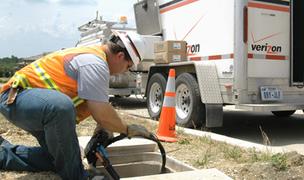 Stop the Cap! believes Voice Link should be offered only as an optional service for customers who wish to use it. In its current form, it is unsuitable, unproven, and insufficient to serve as Verizon’s sole offering, particularly when the company is the carrier of last resort for many rural residents, as well as those on Fire Island.
Stop the Cap! believes Voice Link should be offered only as an optional service for customers who wish to use it. In its current form, it is unsuitable, unproven, and insufficient to serve as Verizon’s sole offering, particularly when the company is the carrier of last resort for many rural residents, as well as those on Fire Island. “We just don’t see the need of delivering [gigabit broadband] to consumers.” —
“We just don’t see the need of delivering [gigabit broadband] to consumers.” —  AT&T scoffed at following Verizon into the world of fiber optic broadband, where broadband speeds are limited only by the possibilities. Instead, they built their half-fiber, half-Alexander Graham Bell-era copper wire hybrid network on the cheap and ended up with broadband speeds topping out around 24Mbps, at least in a perfect AT&T world, assuming everything was ideal between your home and their central office.
AT&T scoffed at following Verizon into the world of fiber optic broadband, where broadband speeds are limited only by the possibilities. Instead, they built their half-fiber, half-Alexander Graham Bell-era copper wire hybrid network on the cheap and ended up with broadband speeds topping out around 24Mbps, at least in a perfect AT&T world, assuming everything was ideal between your home and their central office.


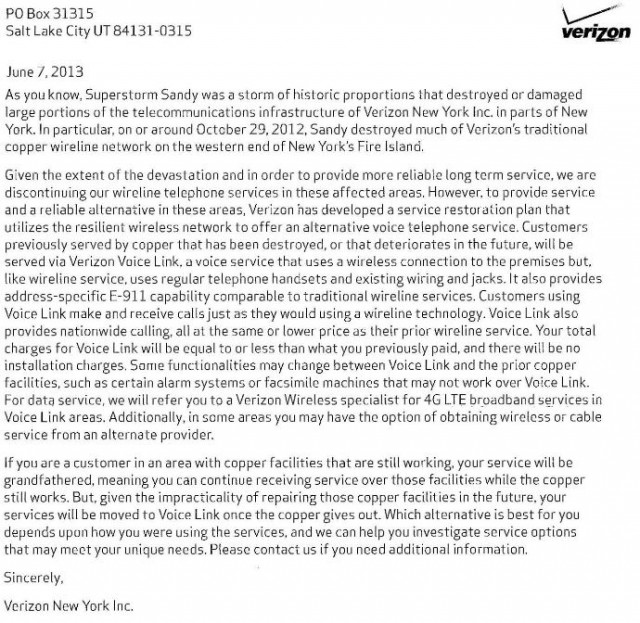
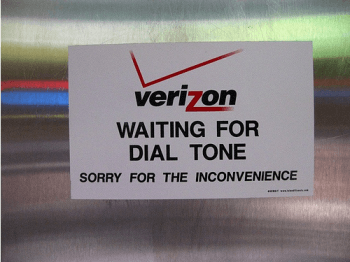 Maguire was very careful to limit Verizon’s advocacy of Voice Link in terms of its capacity to handle voice calls. That is because Voice Link is currently incompatible with a whole range of important services that have worked fine with traditional landlines for years.
Maguire was very careful to limit Verizon’s advocacy of Voice Link in terms of its capacity to handle voice calls. That is because Voice Link is currently incompatible with a whole range of important services that have worked fine with traditional landlines for years.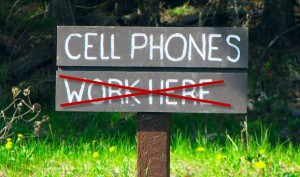 Residents advise visitors they better have Verizon Wireless and a robust phone that works well in challenging reception areas if they expect to use it while on the island. AT&T, Sprint, and T-Mobile customers are often out of luck. That poses an immediate and direct threat to public safety, according to public safety officials.
Residents advise visitors they better have Verizon Wireless and a robust phone that works well in challenging reception areas if they expect to use it while on the island. AT&T, Sprint, and T-Mobile customers are often out of luck. That poses an immediate and direct threat to public safety, according to public safety officials.
